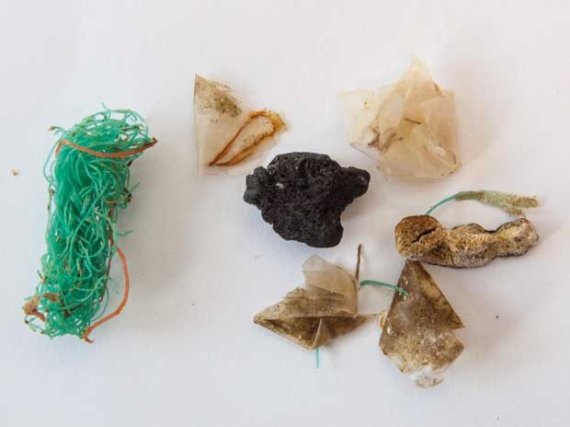Around 12 percent of the seals in the North Sea have plastic in their stomachs or intestines. That does not harm the seals themselves, say researchers, but it is an alarming indicator of the state of the environment. Master’s student Elisa Bravo Rebolledo found 28 pieces of plastic, totalling three grams, in the stomach contents of 100 seals. She did not find any plastic in 125 droppings she investigated. The samples came from seals washed up on Texel en masse in 2001 and 2002 during a major epidemic of the phocine distemper virus. Researcher Jan Andries van Franeker calls this a ‘worrying result’. Not that he is afraid that individual seals (45-130 kilograms) will be affected by the tiny pieces of plastic. Van Franeker is concerned by what the results say about plastic pollution of the environment: ‘It’s frightening that even a hunter by sight indirectly gets so much rubbish in its stomach.’ Seals prey on fish and crabs and are unlikely to confuse plastic with food. Indicator animal Scientists are currently looking for new species that will help them measure plastic pollution. The EU’s Marine Strategy Framework Directive sets firm targets for less pollution in 2020. Imares is already carrying out measurements using North Sea storm petrels. Plastic is found in about 95 percent of them. However storm petrels are only found in the north so indicator animals are still needed for the Mediterranean and the Black Sea, for instance. Van Franeker says Rebolledo’s study shows seals are not a suitable choice as not enough plastic was found in their stomachs. ‘This is one of the most polluted areas of Europe. If you start off with around 10 percent, it will be difficult to measure any changes, especially in areas that are far less polluted.’ The researchers published their study in the Marine Pollution Bulletin.
Plastic found in seals’ stomachs
'Frightening that a hunter by sight gets so much rubbish in its stomach.'

